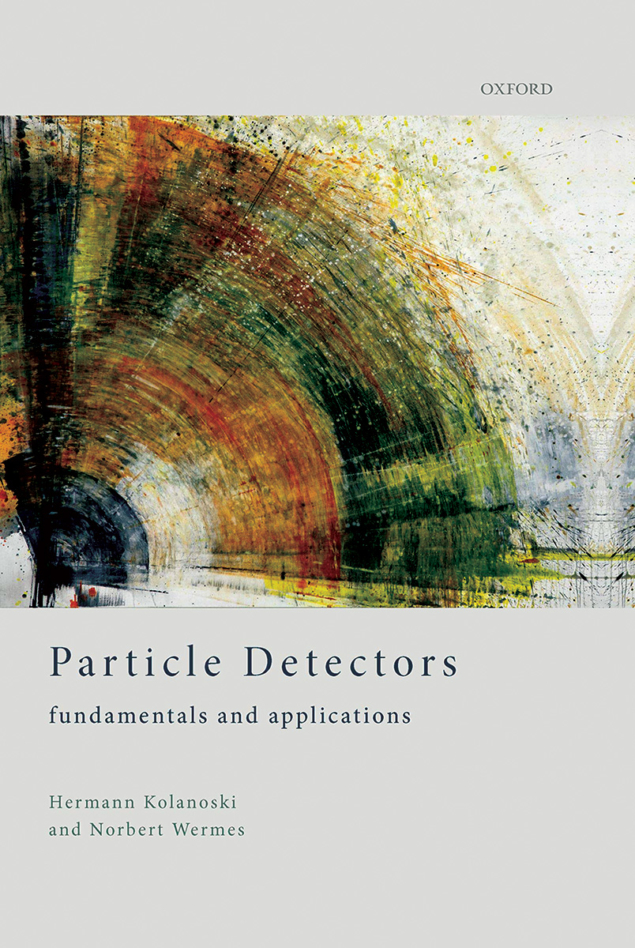Particle Detectors – Fundamentals and Applications, by Hermann Kolanoski and Norbert Wermes, Oxford University Press

Throughout the history of nuclear, particle and astroparticle physics, novel detector concepts have paved the way to new insights and new particles, and will continue to do so in the future. To help train the next generation of innovators, noted experimental particle physicists Hermann Kolanoski (Humboldt University Berlin and DESY) and Norbert Wermes (University of Bonn) have written a comprehensive textbook on particle detectors. The authors use their broad experience in collider and underground particle-physics experiments, astroparticle physics experiments and medical-imaging applications to confidently cover the spectrum of experimental methods in impressive detail.
Particle Detectors – Fundamentals and Applications combines in a single volume the syllabus also found in two well-known textbooks covering slightly different aspects of detectors: Techniques for Nuclear and Particle Physics Experiments by W R Leo and Detectors for Particle Radiation by Konrad Kleinknecht. Kolanoski and Wermes’ book supersedes them both by being more up-to-date and comprehensive. It is more detailed than Particle Detectors by Claus Grupen and Boris Shwartz – another excellent and recently published textbook with a similar scope – and will probably attract a slightly more advanced population of physics students and researchers. This new text promises to become a particle-physics analogue of the legendary experimental-nuclear-physics textbook Radiation Detection and Measurement by Glenn Knoll.
The book begins with a comprehensive warm-up chapter on the interaction of charged particles and photons with matter, going well beyond a typical textbook level. This is followed by a very interesting discussion of the transport of charge carriers in media in magnetic and electric fields, and – a welcome novelty – signal formation, using the method of “weighting fields”. The main body of the book is devoted first to gaseous, semiconductor, Cherenkov and transition-radiation detectors, and then to detector systems for tracking, particle identification and calorimetry, and the detection of cosmic rays, neutrinos and exotic matter. Final chapters on electronics readout, triggering and data acquisition complete the picture.
Particle Detectors – Fundamentals and Applications is best considered a reference for lectures on experimental methods in particle and nuclear physics for postgraduate-level students. The book is easy to read, and conceptual discussions are well supported by numerous examples, plots and illustrations of excellent quality. Kolanoski and Wermes have undoubtedly written a gem of a book, with value for any experimental particle physicist, be they a master’s student, PhD student or accomplished researcher looking for detector details outside of their expertise.








